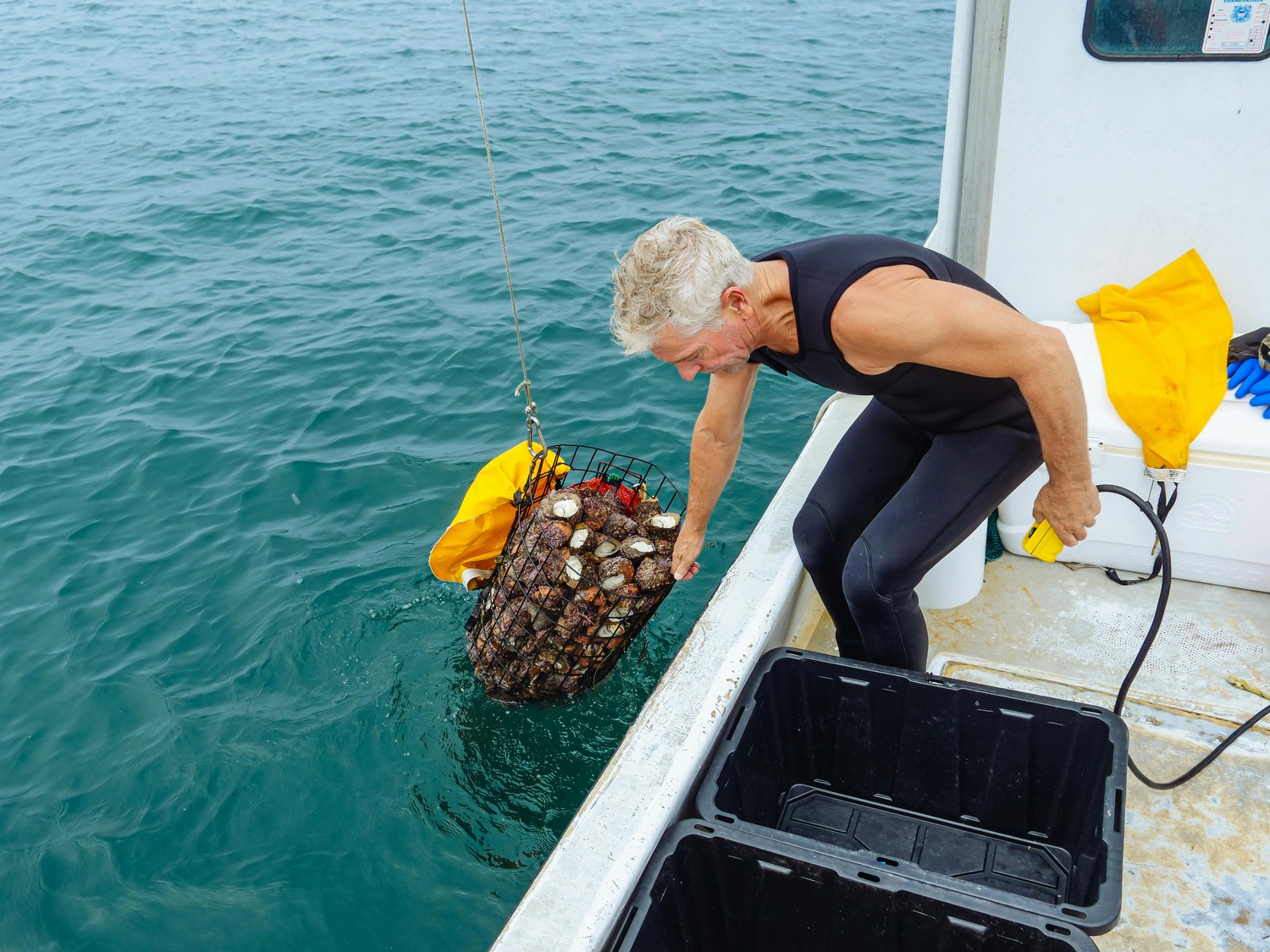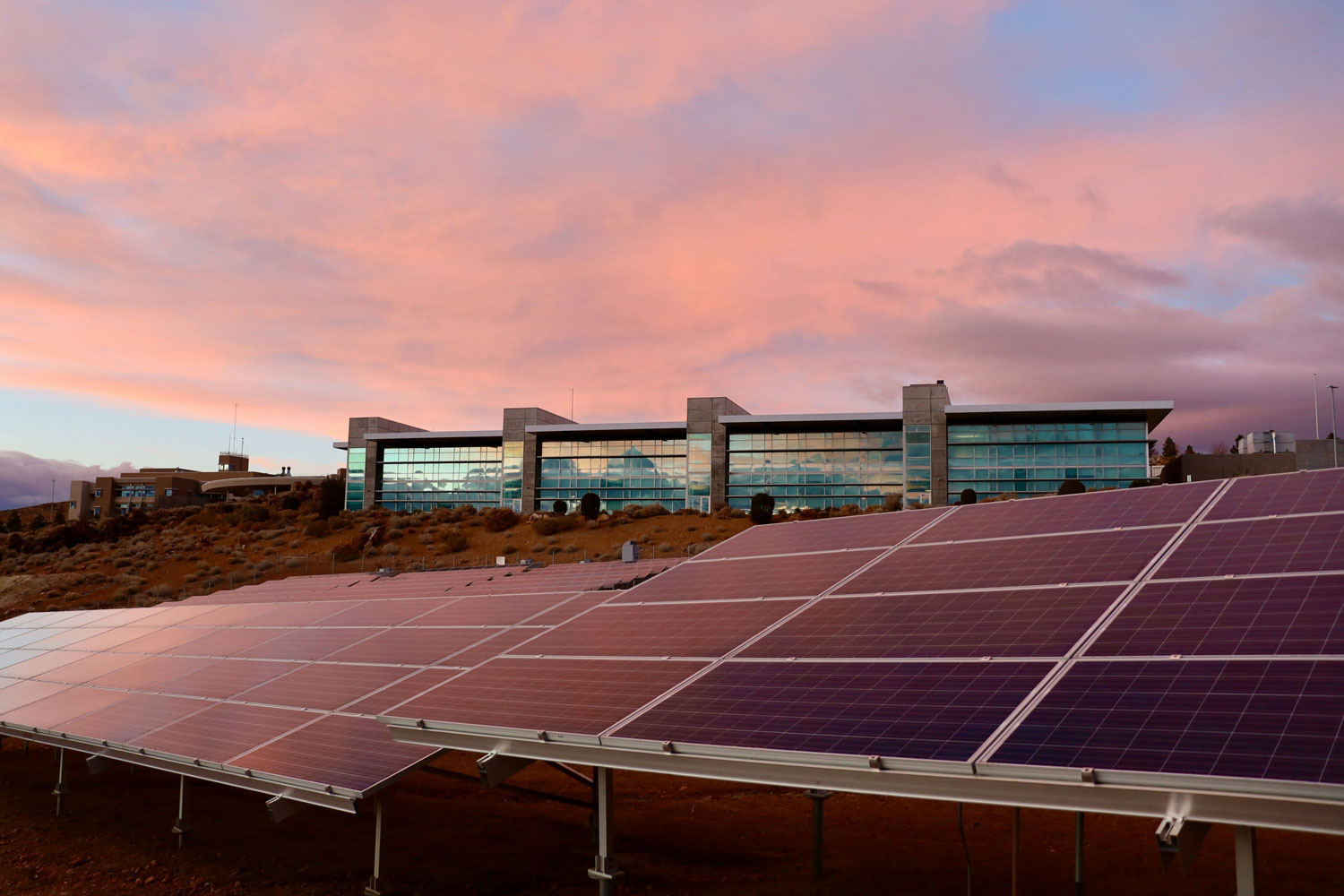Exclusive
 What Does Science and ESG Hold in Trump 2.0?
What Does Science and ESG Hold in Trump 2.0?
 Nature-Based Solutions: Balancing Promise and Limitations in Climate Action
Nature-Based Solutions: Balancing Promise and Limitations in Climate Action
 Crafting Eco-Friendly Strategies for Niche Enterprises
Crafting Eco-Friendly Strategies for Niche Enterprises
 U.S. Companies Roll Back ESG Commitments
U.S. Companies Roll Back ESG Commitments
 How New Rules Are Making Greenwashing a Thing of the Past
How New Rules Are Making Greenwashing a Thing of the Past
 Why Scope 3 is the Real Test of Corporate Climate Commitment
Why Scope 3 is the Real Test of Corporate Climate Commitment
 Water Sustainability in 2025 – Digitalization, AI, and the Rise of Smart Water Systems
Water Sustainability in 2025 – Digitalization, AI, and the Rise of Smart Water Systems
 From Pledges to Practice: Building Coherent and Reliable Climate Policy
From Pledges to Practice: Building Coherent and Reliable Climate Policy
.jpeg) The Role of Circular Economy in Waste Management
The Role of Circular Economy in Waste Management
 Small Steps, Big Wins: The Power of Everyday Sustainability
Small Steps, Big Wins: The Power of Everyday Sustainability
 Zero Waste at Home: Practical Tips for a Greener Lifestyle
Zero Waste at Home: Practical Tips for a Greener Lifestyle
 India’s Green Hydrogen Mission – Pioneering a Low-Carbon Future
India’s Green Hydrogen Mission – Pioneering a Low-Carbon Future
.jpg) Urban Resilience – How Nature-Based Solutions Are Transforming Cities
Urban Resilience – How Nature-Based Solutions Are Transforming Cities
 The ISO Net-Zero Standard – A Game Changer for Global Climate Action
The ISO Net-Zero Standard – A Game Changer for Global Climate Action
.jpg) Phasing Out Fossil Fuels— A Just Transition
Phasing Out Fossil Fuels— A Just Transition
 Life Cycle Assessment: The Key to Sustainable Decision-Making
Life Cycle Assessment: The Key to Sustainable Decision-Making
.jpg) Sustainable Menus— A Recipe for Environmental Responsibility
Sustainable Menus— A Recipe for Environmental Responsibility
.jpg) Green Hydrogen for a Sustainable Future
Green Hydrogen for a Sustainable Future
.jpg) Net Zero Made Simple— Everything You Need to Know
Net Zero Made Simple— Everything You Need to Know
 Regenerative Agriculture— Revitalizing Farms & Rebuilding Ecosystems
Regenerative Agriculture— Revitalizing Farms & Rebuilding Ecosystems
 Decarbonizing Transportation with Electric Vehicles and Beyond
Decarbonizing Transportation with Electric Vehicles and Beyond
 Reducing Consumption— Sustainable Practices at Home and Work
Reducing Consumption— Sustainable Practices at Home and Work
 Harnessing Power Through Sustainable Means
Harnessing Power Through Sustainable Means
 Decarbonization— The Path to a Low-Carbon Future
Decarbonization— The Path to a Low-Carbon Future
 The Path to a Sustainable World
The Path to a Sustainable World

Subscribers: 236
Plastic Neutrality Programs - Combining Recycling with Waste-Picker Partnerships

10 April 2025
366
Introduction
Plastic neutrality programs have emerged as a critical strategy for addressing plastic pollution by combining recycling efforts with partnerships involving waste pickers. These programs aim to offset the amount of plastic produced by ensuring that an equivalent amount is collected and recycled— achieving a net-zero impact on the environment.
The Challenge of Plastic Pollution
Plastic pollution is a pressing global issue, with millions of tons of plastic waste entering oceans and ecosystems annually. The environmental and health impacts are severe, necessitating innovative solutions to manage plastic waste effectively.
How Plastic Neutrality Works
Plastic neutrality involves a two-pronged approach: reducing plastic production and increasing recycling rates. Companies partner with waste pickers and recycling facilities to collect and process plastic waste and ensuring that it is either recycled or properly disposed of. This approach not only reduces plastic pollution but also supports informal waste management sectors by providing income opportunities for waste pickers.
Benefits and Challenges
The benefits of plastic neutrality programs include reduced plastic waste, increased recycling rates, and support for marginalized communities through waste-picker partnerships. However, challenges exist, such as ensuring the quality of collected materials and maintaining equitable partnerships with waste pickers.
Future Directions
Technology will play a crucial role in enhancing plastic neutrality efforts. Innovations in recycling technologies and digital platforms can improve the efficiency of waste collection and recycling processes—making it easier to achieve plastic neutrality.
Read Next
 Articles
Articles
Sustainability vs. Greenwashing
 Blogs
Blogs
From Pledges to Practice: Building Coherent and Reliable Climate Policy
.jpg) Blogs
Blogs
Green Hydrogen for a Sustainable Future
.jpg) News
News
Budget 2025 and India’s Sustainable Growth – ESG Trends to Watch
.jpg) Blogs
Blogs
Phasing Out Fossil Fuels— A Just Transition
.jpg) Articles
Articles
Fast Fashion and Textile Waste – The Environmental Crisis We Can’t Ignore
Live Polls

Leave your opinion / comment here